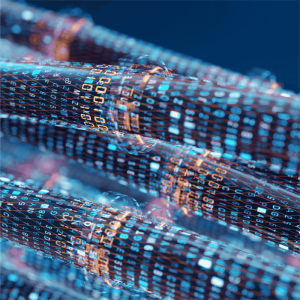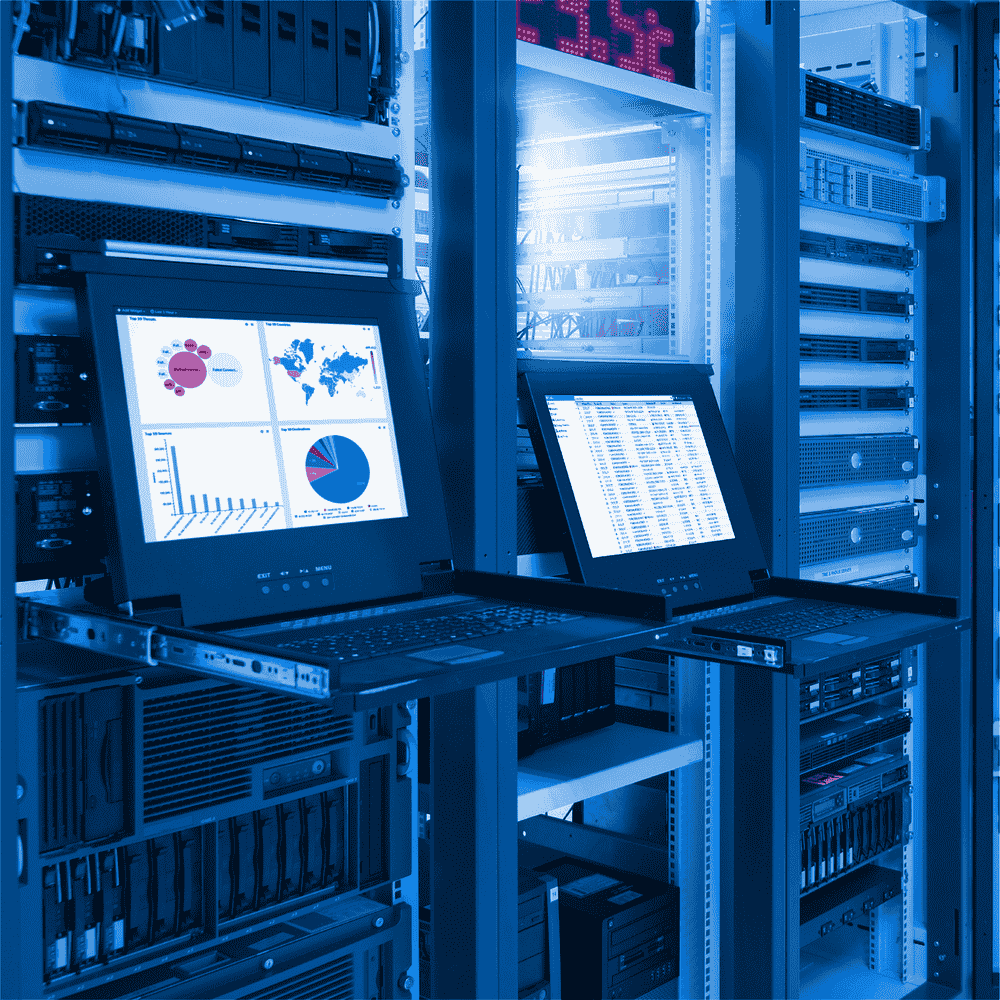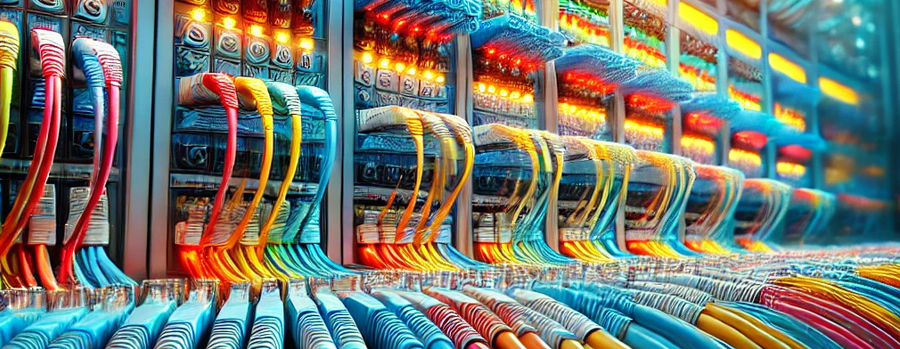Fiber Patch Panels: Secure and Organized Connection Point for Your Network Infrastructure
What is a Fiber Patch Panel?
A Fiber Patch Panel is a hardware device designed to terminate, manage, and reroute fiber optic cables in an organized manner. These panels provide connection points where fiber optic cables are terminated, allowing seamless integration with other network components. By ensuring organized and accessible cabling, Fiber Patch Panels facilitate efficient network management and maintenance.
Advantages of Fiber Patch Panels
- Organized Cabling: Ensures neat and professional cable arrangement, reducing clutter and enhancing the network’s appearance.
- Easy Access and Management: Simplifies monitoring, testing, and replacing cables, making network maintenance more efficient.
- Flexibility: Allows easy addition, modification, or restructuring of connections, offering adaptability to evolving network needs.
- Security and Performance: Proper termination enhances data transmission reliability, minimizing data loss and connection errors.
- Longevity: Protects cables from wear and damage, extending the lifespan of fiber optic connections.
Types of Fiber Patch Panels
- Wall-Mounted Fiber Patch Panels: Ideal for small-scale networks or confined spaces, these panels are mounted on walls.
- Rack-Mounted Fiber Patch Panels: Common in large-scale networks and data centers, these panels are designed for standard 19-inch racks.
- Modular Fiber Patch Panels: Feature a customizable and expandable structure, suitable for networks with changing needs.
- High-Density Fiber Patch Panels: Designed for large data centers, offering numerous connection points for high-density cabling.
Installation and Maintenance of Fiber Patch Panels
- Cable Management: Properly arranging and labeling cables simplifies management and ensures reliable data transmission.
- Connection Testing: After installation, all connections must be tested and verified to ensure proper functioning and data integrity.
- Regular Maintenance: Routine inspection and cleaning extend the life of cables and maintain optimal performance.
Applications of Fiber Patch Panels
- Data Centers: Essential for managing high-density connections in large-scale data centers.
- Telecommunications: Critical for organizing and connecting fiber optic cables in telecom networks.
- Enterprise Networks: Used in medium and large-scale businesses to ensure secure and organized network infrastructures.
Conclusion
Fiber Patch Panels are vital components of modern network infrastructures. They provide organized cable management, enhance network flexibility, and ensure reliable data transmission. Selecting the right Fiber Patch Panel optimizes network performance and simplifies management, making it an essential investment for large-scale networks and data centers aiming for long-term success.






